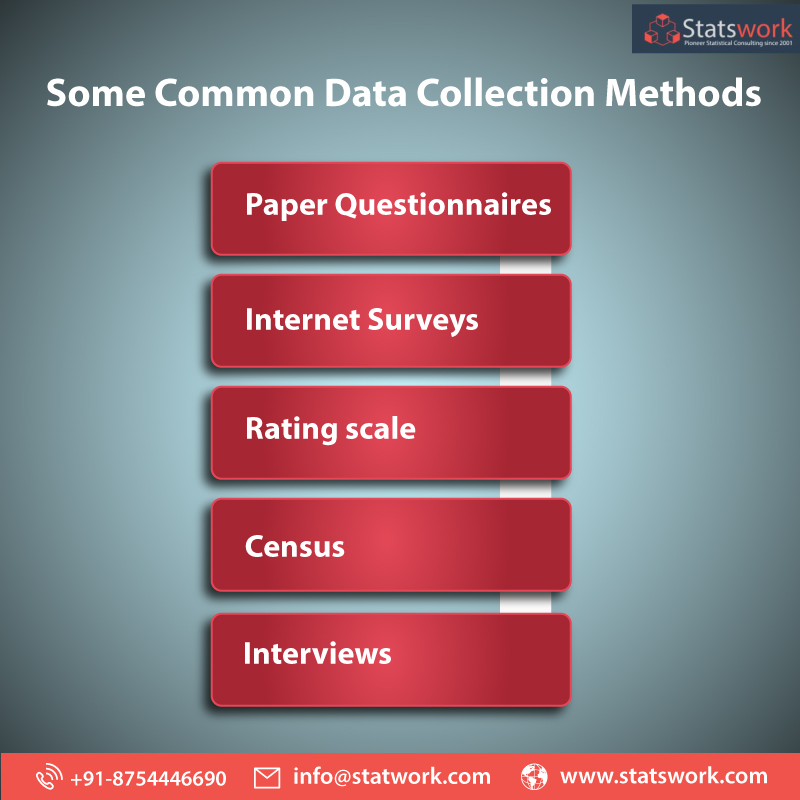Quantitative Data collection methods
Quantitative data are the quantifiable, numerical data which can be processed using statistical principles and number theory. Quantitative data helps produce conclusive evidence for proving or disproving a hypothesis.
Quantitative data collection relies on sampling and structured data collection instruments that help collect information in preordained brackets. These methods give us data that is easy to understand, compare and draw conclusive evidence.
Quantitative research tests hypothesis obtained from theory and estimating results, later carrying out the research. Depending on the question, the researcher collects data on a varied audience to collect first-hand data which will be processed subsequently.
The researcher employs sampling to select the audience who will be the contributors to the data collection. Some quantitative data collection methods offer incentives to the audience to get genuine answers.

Some of the common used methods to collect data are:
- Paper questionnaires which are sent to a large number of potential contributors. The audience fills in their responses and sends it back to the researcher. However, most contributors do not take such surveys seriously, and the data obtained is not wholly reliable
- Internet surveys: This is a short survey with multiple choice questionnaires that are prefilled by the researcher. The researcher collects information through multiple choice questions answered in a very short period. These questionnaires are optional or click based on what the user selects. These questionnaires pop up when a user is browsing on a related topic.
- Rating scale: In this method, the audience is given an option to choose from a rating scale to rate the product or service. This is most visible in the service sector, where the audience chooses a rating after the service or the product is delivered. This helps the researcher know the response from the audience to the service or product provider provide better for their future audience.
- Census: Census is big scale research projects which are commonly undertaken on a corporation or national level to get demographic data for processing. These also help organisations in business and agriculture.
- Interviews: These interviews offer the researcher an opportunity to gather data directly from the participants. Quantitative interviews help collect first-hand data for processing and analysis.There are two major sections of these interviews:
- Personal Interviews: The researcher asks the extra audience questions to get minute details out. This will help get better data for processing.
- Telephonic Interviews: Whenever it is not possible to meet a member of the audience directly, the researcher can call and collect data through a conversation on the phone. This helps collect first-hand data.
All this data is then analysed, processed and used to make well-informed decisions. This is immensely useful to business owners, and the government to plan for the next period.


